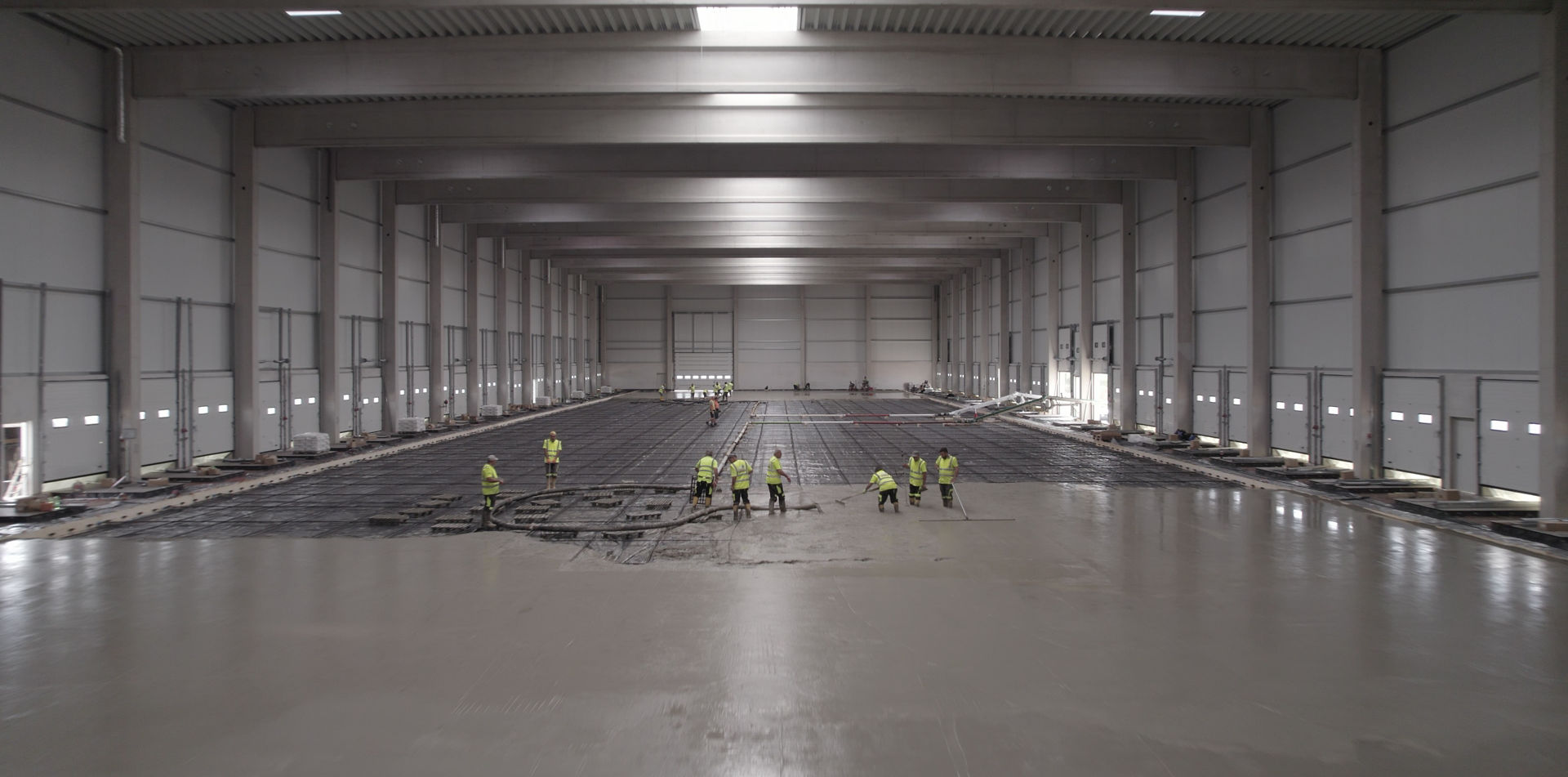Steel fiber reinforcement has been around since the 1970s and continues to evolve. The bents and hooks are crucial to the fiber’s anchoring performance and subsequent concrete ductility. Dramix® steel fibers have perfected these features and in combination with steel elongation are the main-differentiators of our solution.
Whether you’re an architect, engineer, or construction professional, here you will learn about the benefits and applications for using fiber reinforcement in industrial flooring. Compared to traditional reinforcement, Dramix® steel fiber concrete reinforcement actively reinforces every part of the concrete structure, controlling the smallest of cracks.



